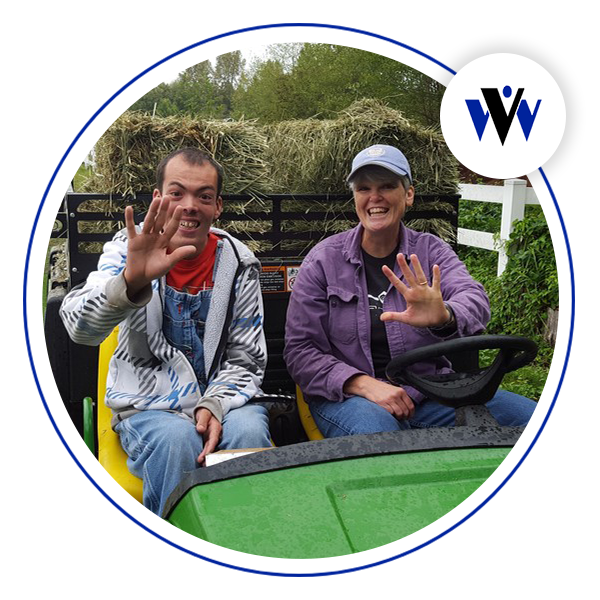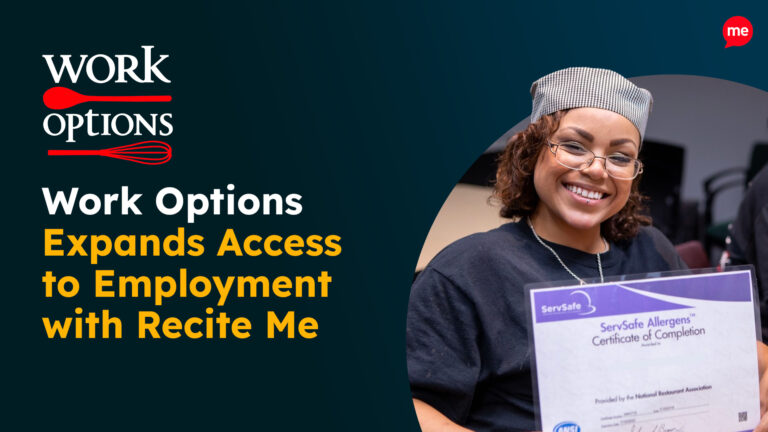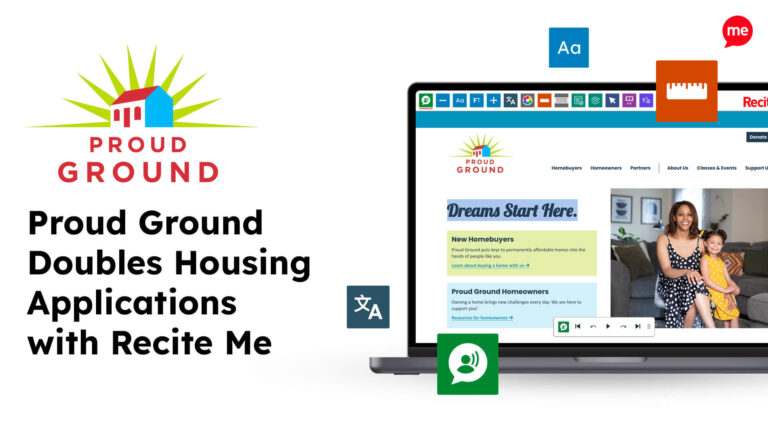October is National Disability Employment Awareness Month (NDEAM), an important time to celebrate the contributions of America’s workers with disabilities past and present and showcase supportive, inclusive employment policies and practices that benefit employers and employees. We caught up with Janet Bruckshen, Executive Director at Washington Vocational Services (WVS) to discuss the importance of disability employment and advocacy.
Tell us about WVS mission and goals, and how they relate to accessibility and inclusion both on- and offline.
Our vision at Washington Vocational Services is for all people to be recognized for their abilities and contributions in their workplace and communities. Our mission is to provide outstanding quality services that result in successful community involvement and employment. Inclusion and Accessibility is at the heart of everything we do.
Our team‘s work is to make sure our customers have equal access to opportunities and the tools to fully participate in those opportunities. In the process, we provide education and awareness to employers to make sure they are putting inclusive practices in place in their recruitment and retention processes.
How does digital accessibility play a part in disability advocacy?
We’ve all heard the phrase, Nothing About Us Without Us, which makes a great deal of sense when we are talking about digital accessibility and advocacy. Without a truly usable platform, we are excluding the very people we are hoping to reach. By tearing down digital barriers that prevent people from participating, we are truly able to reach everyone and ensure that all users have a positive user experience.
What strategies has WVS implemented to ensure accessibility for all individuals, including those with disabilities?
Breaking down barriers to full inclusion is what our agency is all about, so we try to be consciously aware at all times of improving the way we do business. As our staff and clients are diverse in background, abilities, and experiences, we frequently utilize interpreters for formal meetings.
We have purchased screen readers such as JAWS for our team members and utilize pdfs when providing documentation for our staff who are blind or experience low vision. Our agency purchased an ILA-The Instant Language Assistant, which enables us to communicate in 120 different languages and dialects.
If a tool isn’t working for some, we don’t hesitate to switch to another. During the first several months of COVID, our agency depended on virtual meetings, and we tried a few different formats to make sure we found one that fit the needs of everyone. This involved trial and error and feedback from those depending on our resolutions.
What challenges or obstacles have you encountered in promoting accessibility and inclusion, and how have you addressed them?
We have encountered obstacles with individuals achieving full inclusion at agency events in the past. Some examples have been training that have featured PowerPoints with imagery making it difficult for certain individuals with visual disabilities to fully appreciate the content.
We have scheduled team building activities that failed to consider a person’s physical abilities, luncheons that included buffet style options that didn’t provide braille labeling, or any other accommodation to support individuals with complete knowledge of what was being offered.
To address these types of situations we have a standing agenda for all event and meeting planning to create a time and space to plan with full accessibility in mind while also requesting feedback from all staff regarding their preferences to make the experience one that every team member can contribute to their full capacity.
Based on your experiences, what advice would you give to other organizations looking to enhance their efforts in accessibility and inclusion online and beyond?
The advantages of using inclusive design practices are not just for those using the tools but it makes good business sense. If all individuals can easily access your information, your reach extends, and your brand is enhanced in the process.
To learn more about the Recite Me accessibility toolbar and how it can help you create an inclusive digital experience, please contact the team or book a demo. You can also check out our ADA accessibility checker today for free.



